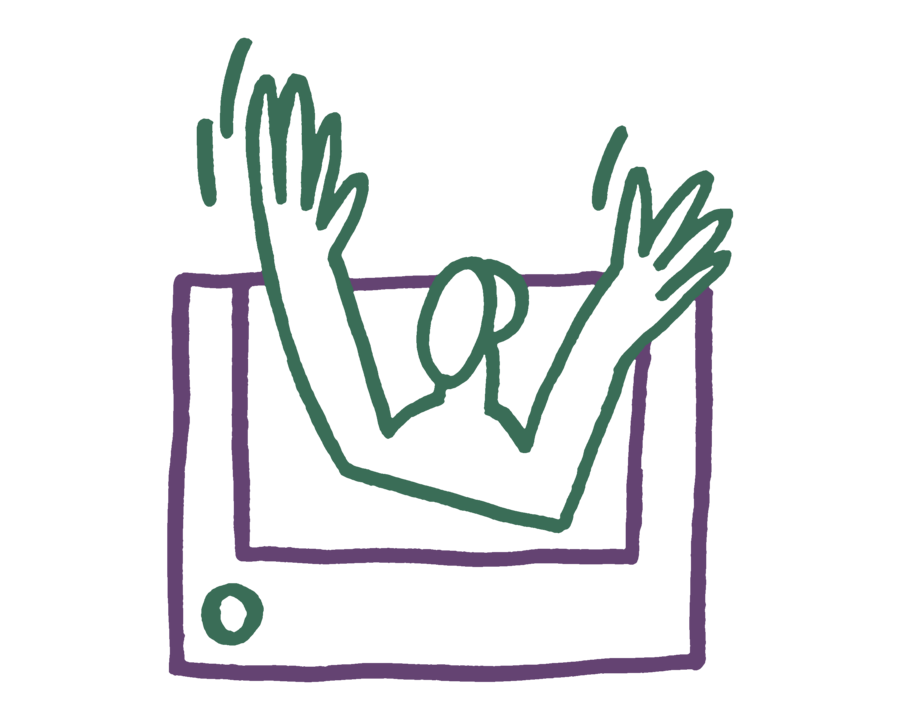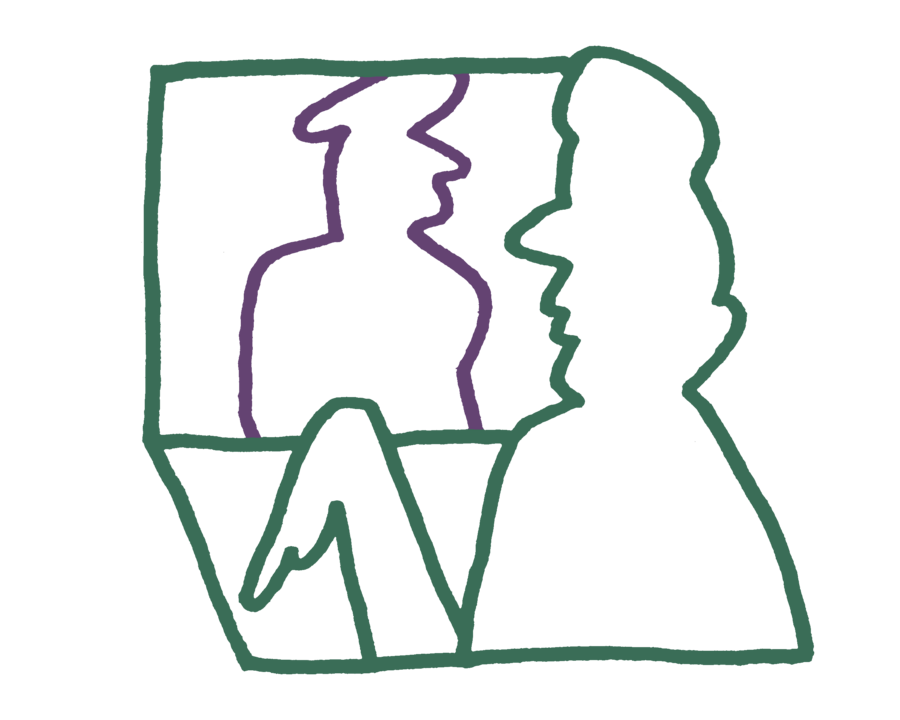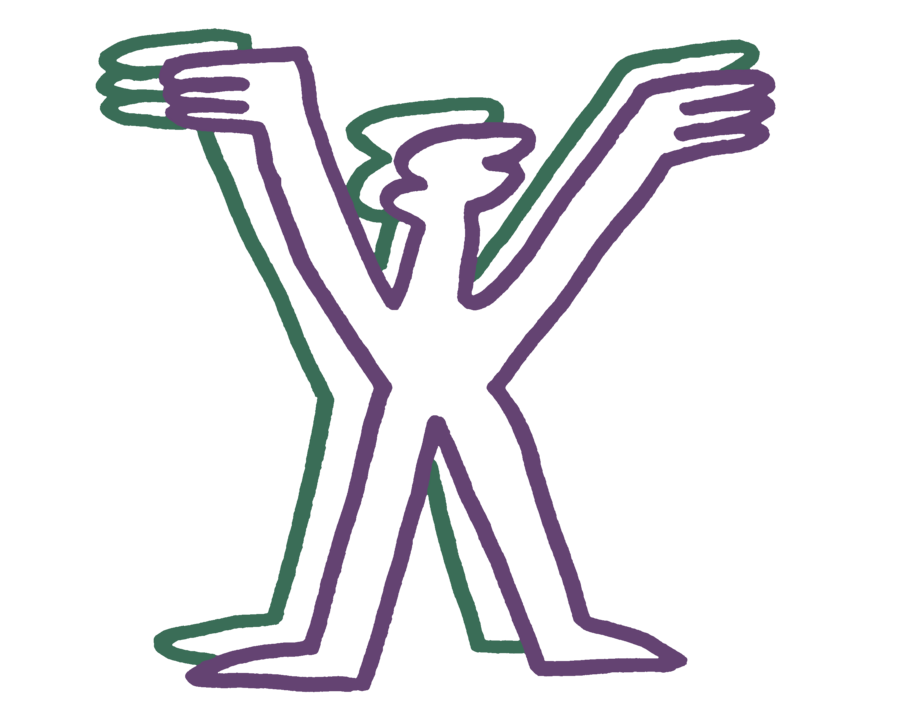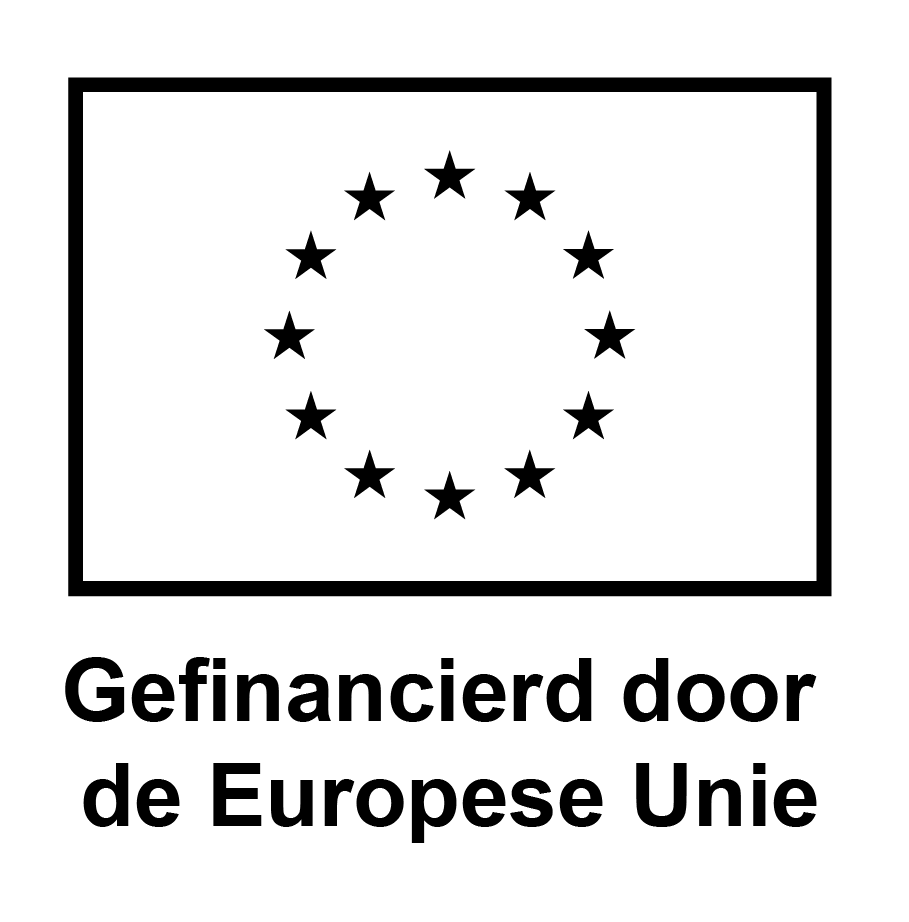How to get everything out of your Instagram account

Lange tijd was Instagram een online plek om enkel selfies, foto’s van je laatste brunch of momenten met je teerbeminde viervoeter te delen. Maar over de jaren heen is het een online vrijplaats geworden, waar iedereen zijn plek probeert te veroveren. Zo ook beeldend kunstenaars. Waarom investeren in het platform als een online visitekaartje? Met deze tips haal je dankzij Instagram het beste uit je beeldend werk.
Before You Begin: Will You Continue with Your Personal Account or Create a New Profile?
Why Continue with Your Personal Account?
- Leverage Your Existing Followers: You won’t have to start from scratch. Friends and family already form a base. If you have a personal account with a significant number of followers, it’s easier to engage them rather than sending new follow requests from a brand-new account.
- Showcase Your Personality: On an account that carries your name, things don’t always have to be too serious. People will not only see your art but also get to know your personality and background—if you want them to. This can help build loyal followers and create deeper connections. If you prefer not to show that embarrassing family photo from five years ago, you can always delete or archive old posts.
Why Choose a New Profile?
- Does Your Art Stand Apart from You as a Person? If so, creating a separate profile might be useful, using your ‘alter ego’ as a name or a variation of your personal Instagram handle, such as @your_name_art.
Switch to a Professional Account
An account can either be private or professional. If you want to reach a broader audience, switching to a professional account is recommended. Some speculate that switching reduces reach to encourage paid ads, but there is no concrete evidence of this, so there’s no need to worry.
- Profile Information and Contact Details: A professional account allows you to share important information about yourself and your work in your bio. You can include links to your website, email, or other contact details, making it easier for people to connect with you or purchase your work. Since Instagram only allows a limited number of links, services like Linktree help by offering a single link with an overview of your main projects.
- Access to Insights: A professional account provides insights into your followers and post performance. These statistics can be valuable for understanding which content works best, who your followers are, and where they are located. It may seem overwhelming, but checking these insights occasionally helps identify which content performs best, as this varies per account.
- Advertising Opportunities: A professional account allows you to create and manage Instagram ads. This can help expand your reach, showcase your work to a broader audience, or promote an exhibition. If you plan to advertise, keep this rule in mind: a post that already performs well organically (without paid promotion) is usually a good candidate for an ad. Trying to boost a poorly performing post with a budget isn’t the best strategy—first, figure out how to improve the content before investing money.
- Access to Creator Tools: Instagram offers special features and tools for creators. If you link your Instagram account to your Facebook page, you’ll also gain access to the Meta Planner, which allows you to schedule posts for both platforms.
What, When, and How Much Should You Share on Instagram?
Try to post new content regularly to keep your followers engaged. Consider what is relevant and what isn’t. Exhibitions, residencies, or special events are great moments to share more content. During quieter periods, you don’t need to post daily, but staying active by sharing at least once a week helps keep you in the algorithm and more visible.
Consider creating a content plan to remind yourself to capture content while you work. This prevents you from always starting from scratch when posting.
- Share High-Quality Content: Instagram is a visual platform, so it's important to present your work attractively. You don’t need professional photography, but ensure your work is well-lit, sharply focused, and well-composed. Developing a personal style helps followers recognize your posts instantly.
- Mix Up Your Content: Keep your feed interesting by alternating between finished artworks and work-in-progress shots, allowing followers to see your creative process. Experiment and discover what type of content resonates best with your artistic style.
- Explore the Playground of Stories: Stories are perfect for behind-the-scenes content. Share spontaneous images, feature content from others who mention you, or post inspirational visuals. Stories disappear after 24 hours, but you can pin key highlights to your profile for permanent visibility.
- Analyze and Learn: Use Instagram’s analytics tools to gain insights into your performance and follower behavior. Identify which content performs best and adjust your strategy accordingly.
How to Reach a Broader Audience
- Engage with Your Followers: Encourage interaction by asking questions in captions, using polls, or organizing giveaways. Take time to respond to comments and messages to build stronger connections.
- Collaborate with Other Artists: If you’ve worked with other artists or participated in exhibitions, share your experiences and tag collaborators. Invite them as contributors, so your post appears on their page as well. If they prefer not to, simply tag them so they can share it on their profile.
- Use Relevant Hashtags: Increase your visibility by researching and using hashtags relevant to your artistic style. Look at what hashtags similar artists use.
- Follow Other Artists and Enthusiasts in Your Niche: Engaging with others by following and appreciating their work increases the chance they’ll do the same for you.
There’s no fixed formula for a perfect Instagram account. The key is to keep experimenting while staying authentic.



